
Although it only happens locally, in recent times, many destinations in Vietnam have been named in the list of tourist overload, typically: Sa Pa (Lao Cai), Hanoi, Quang Ninh, Ninh Binh, Sam Son (Thanh Hoa), Hoi An (Quang Nam), Da Nang, Nha Trang (Khanh Hoa), Da Lat (Lam Dong), Ho Chi Minh City, Phu Quoc (Kien Giang)...
Crowding, traffic congestion, waste, noise... are the realities that locals and tourists in major tourist centers often face, especially during peak tourist season. The concentration of too many visitors at the same time not only creates negative impacts on the infrastructure, environment, culture, and ecosystem of the destination, causing difficulties in the management and operation of the destination, but also directly affects the psychology and experience of tourists, thereby reducing the image and reputation of the national tourism brand.
""" Although it only happened locally, in recent times, many destinations in Vietnam have been named in the list of tourist overload, typically: Sa Pa (Lao Cai), Hanoi, Quang Ninh, Ninh Binh, Sam Son (Thanh Hoa), Hoi An (Quang Nam), Da Nang, Nha Trang (Khanh Hoa), Da Lat (Lam Dong), Ho Chi Minh City, Phu Quoc (Kien Giang)...
According to Dr. Nguyen Anh Tuan, Director of the Institute for Tourism Development Research, the cause of this situation is mainly due to the seasonality of tourism at the destination, limitations in infrastructure and technical facilities for tourism, in addition to the lack of initiative in planning capacity at the destination, no reasonable plan to regulate visitors, and lack of diversity in supporting tourism products.
Experts say that to overcome the problem of tourist overload in places with "hot" tourism development, the tourism industry must consider the possibility of diversifying destinations and tourist experiences, in which developing satellite destinations can be considered the "key" to help prevent tourism overload.
Satellite destinations can be understood as destinations (urban, rural) that have a certain distance from the center of tourist concentration, have favorable conditions to connect with the center and have the ability to develop tourism to share the number of visitors, reduce pressure on the centers, help exploit tourism resources more effectively, thereby creating economic and cultural development momentum for that destination.
Dr. Nguyen Anh Tuan said that in recent times, many provinces and cities in our country have only focused on developing tourism in the core and central areas, without paying much attention to satellite destinations, while these places still have a lot of room for tourism development. For example, with Hanoi, along with the central tourism cluster in the core area of the capital, the Ha Dong and surrounding tourism cluster, the northern mountain tourism cluster (Soc Son), the Dong Anh and surrounding tourism cluster, the western tourism cluster, and the southern tourism cluster also have great potential for developing a network of satellite destinations. Or with Khanh Hoa, besides the central tourism area of Nha Trang city and its vicinity, the northern, western and southern tourism regions of Khanh Hoa also have many tourism resources to exploit and link...
However, according to Dr. Nguyen Anh Tuan, in reality, developing sustainable satellite destinations in Vietnam still faces many difficulties, due to limited public awareness, lack of synchronous infrastructure connections, weak coordination between localities, not to mention challenges in mobilizing investment capital, in land use planning, site clearance...
Therefore, to create a network of satellite destinations, it is necessary to create mechanisms, policies and a favorable investment environment for localities with the potential to become satellite destinations; strengthen links and coordination between tourism centers and satellite destinations and between satellite destinations; encourage support from major centers for satellite destinations in tourism development; and promote the effectiveness of the public-private mechanism in investing in improving infrastructure at satellite destinations.
In particular, it is necessary to have policies to build quality human resources and attract community participation in tourism development at satellite destinations; focus on waste management infrastructure, energy and water supply, and inter-regional and intra-regional transport infrastructure; identify tourist markets before approving investment projects, not mass development; develop a set of criteria for satellite destinations and guide localities to build sustainable satellite tourism destinations.
Nguyen Trung Khanh, Director of the Vietnam National Administration of Tourism, said that developing satellite destinations is a necessary step towards sustainable tourism. This is also a solution to expand tourism space, increase the attractiveness of new destinations, and enhance the experience for tourists. However, developing satellite destinations must be accompanied by planning, planning, and implementation management.
Mr. Nguyen Trung Khanh said that to develop satellite destinations, we must first determine the core values of the destination, which are the tourism resources that local people are proud of, the ability to connect traffic, and form routes to create a chain of tourism products.
Developing satellite destinations is a necessary step towards sustainable tourism. This is also a solution to expand tourism space, increase the attractiveness of new destinations, and enhance the experience for tourists. However, developing satellite destinations must be accompanied by planning, planning and implementation management.
Director of Vietnam National Administration of Tourism Nguyen Trung Khanh
In addition, it is necessary to focus on exploiting niche markets to develop markets at satellite destinations, creating a distinct mark. “To manage psychological and physical capacity when overloaded with tourists, localities and destinations need to plan, take preventive measures and solutions. It is necessary to develop a tourism environment management plan, forms of capacity management through ticket prices, coordinating visitor flows; planning and building tourism development projects through discussions, asking for people's opinions to receive consensus and cooperation" - Director of the Vietnam National Administration of Tourism emphasized.
From the perspective of a tourism business, Mr. Nguyen Huu Y Yen, Chairman of the Board of Members of Saigontourist Travel Company, expressed: Tourism development in satellite destinations must be sustainable, and cannot be calculated only in a willful way, such as sharing the number of visitors from central cities to the suburbs.
To do so, it is necessary to have a strategy so that people in satellite destinations can regularly benefit from tourism development, thereby being able to join hands and accompany localities and businesses for a long time. The problem is that when developing satellite destinations, the problem of overcrowding during peak seasons will be solved, but during low seasons, how can we still ensure a certain number of visitors to help maintain tourism activities at satellite destinations?
According to Mr. Nguyen Huu Y Yen, to solve this problem, it is necessary to have appropriate tourism programs and products, so that visitors who have come to the central destination will have the need to visit satellite destinations. To do so, tourism experts believe that satellite destinations need to build both main products and supplementary products based on exploiting natural resources and indigenous culture, minimizing overlap with the products of the central destination to create advantages in attracting visitors.
Source








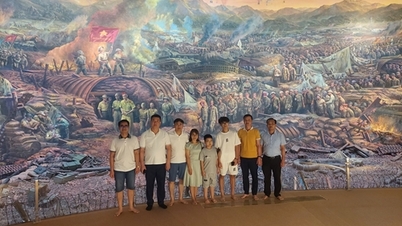





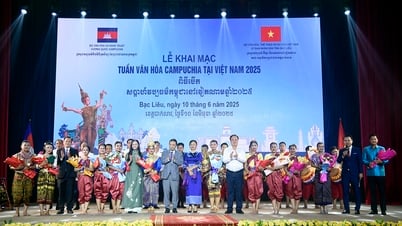
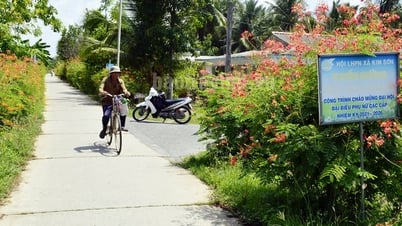

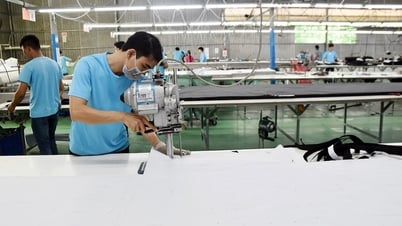




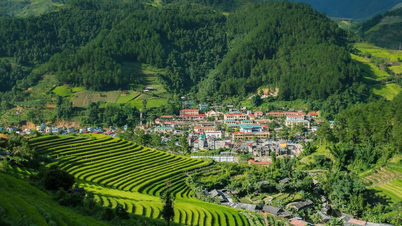


















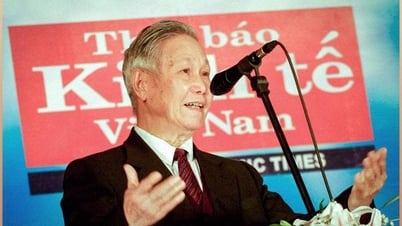



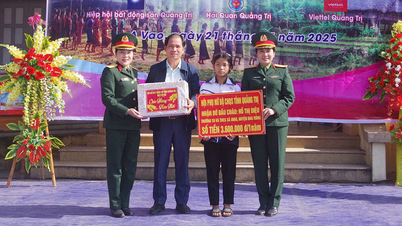








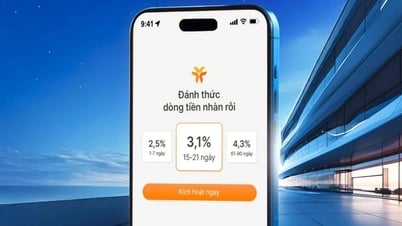
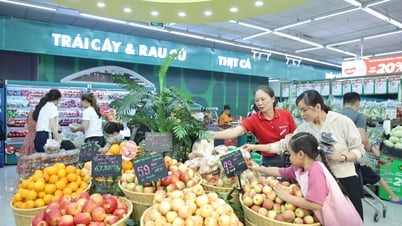


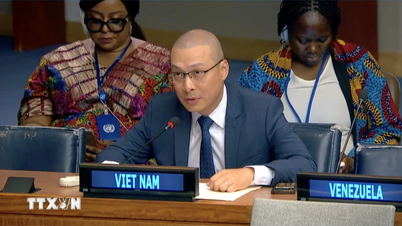





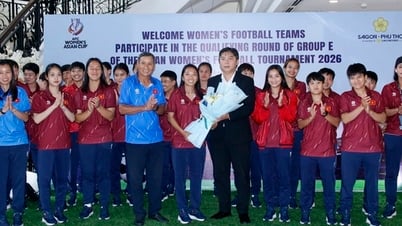







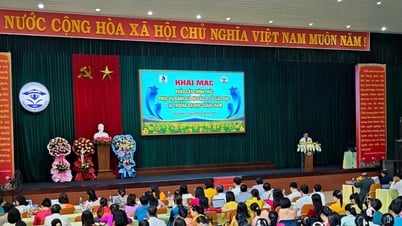



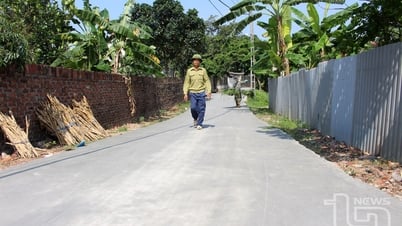

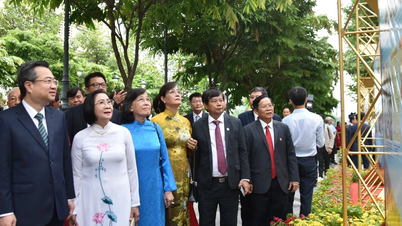



















Comment (0)